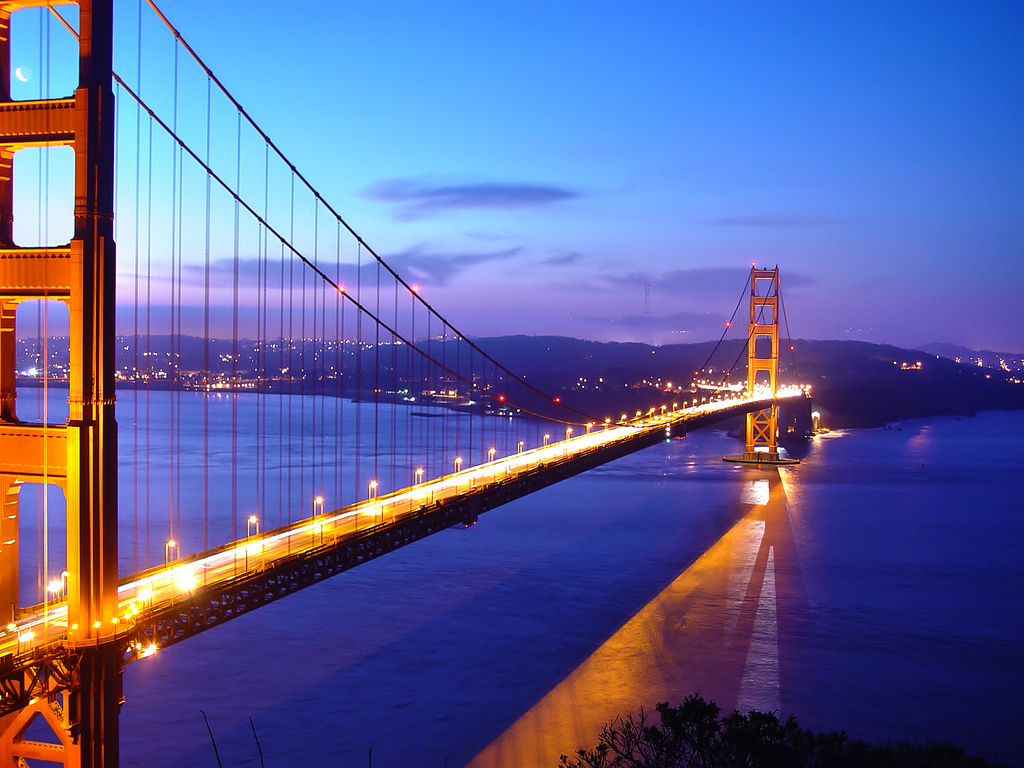


California is notorious for its surfers, sandy beaches, Holly wood stars but is also known for its crime, traffic, and urban sprawl. California has a mostly Mediterranean climate characterized by cool and occasional rain during winters and long summers with warm to hot temperatures and little to no precipitation. California's population increased during the 1800s when gold was discovered in the Sierra Nevada foothills once the U.S gained control of California after the Mexican war. The cities of San Francisco and Sacramento were major supply points of gold and there were many settlers who sought after the gold rush. California is also known for its highly diverse agriculture. It produces all of the nation's dates, figs, kiwis, olives, nectarines, strawberries, almonds, walnuts, and more. California is also the center of production for many motion pictures, radio and T.V programs, and popular music.


California is also widely known for earthquakes. Its location is at the boundaries of North American and Pacific plates which makes it responsible for its dramatic mountains and valleys, earthquakes, volcanoes, and landslides. The movement of the Pacific Plate created a series of lateral faults (strike-slip faults) along the California coast. The movement along these faults is horizontal and the most famous is the San Andreas fault. One the thousands of earthquakes that caused much damage is the Northridge earthquake. On January 17, 1994 occurred a major earthquake of a 6.7 magnitude that produced the strongest motion ever recorded in North America. Parking structures were crashed, major freeways collapsed and apartment buildings were ruined. Areas that were particularly impacted were the San Fernando Valley and Santa Monica. Geologists say that they had been predicting an earthquake such as these for years before it occurred.
New York
Although eastern United States is not known for its earthquakes as regions that are near plate boundaries, earthquakes do occur there. Earthquake rates are about 50 to 200 times lower than in California. But earthquakes that do occur here are typically felt over a much broader and wider region than earthquakes in the west of the U.S. Thus, damage of the earthquake could also be larger. Geologists and scientists state that earthquakes that happen in New York could be due to stress that is derived from present day rifting at the Mid-Atlantic ridge. Just as California experienced severe from a naturally occurring disaster, New York was also impacted by a natural disaster known as Hurricane Sandy.


Hurricane Sandy severely affected New York in 2012. There was flooding of the New York City Subway system, many suburban communities, road tunnels, homes and businesses were destroyed, hospitals and centers were closed and evacuated, and as least 55 people died as a result of the storm. An estimated amount of 250,000 vehicles were destroyed by the hurricane and the economic losses as a result was at least $18 billion. After Hurricane Sandy occurred, there was much relief and support from the nation as well as rescues and evacuations. For example, a relief fund was created for residents in the Staten Island area provided by the United States Homeland Security. Funds were also given from Time Warner Cable, Red Cross, as well as the state of New York itself. Today, New York has recovered from this disaster and has overcome many losses due to Hurricane Sandy.
http://en.wikipedia.org/wiki/Effects_of_Hurricane_Sandy_in_New_York